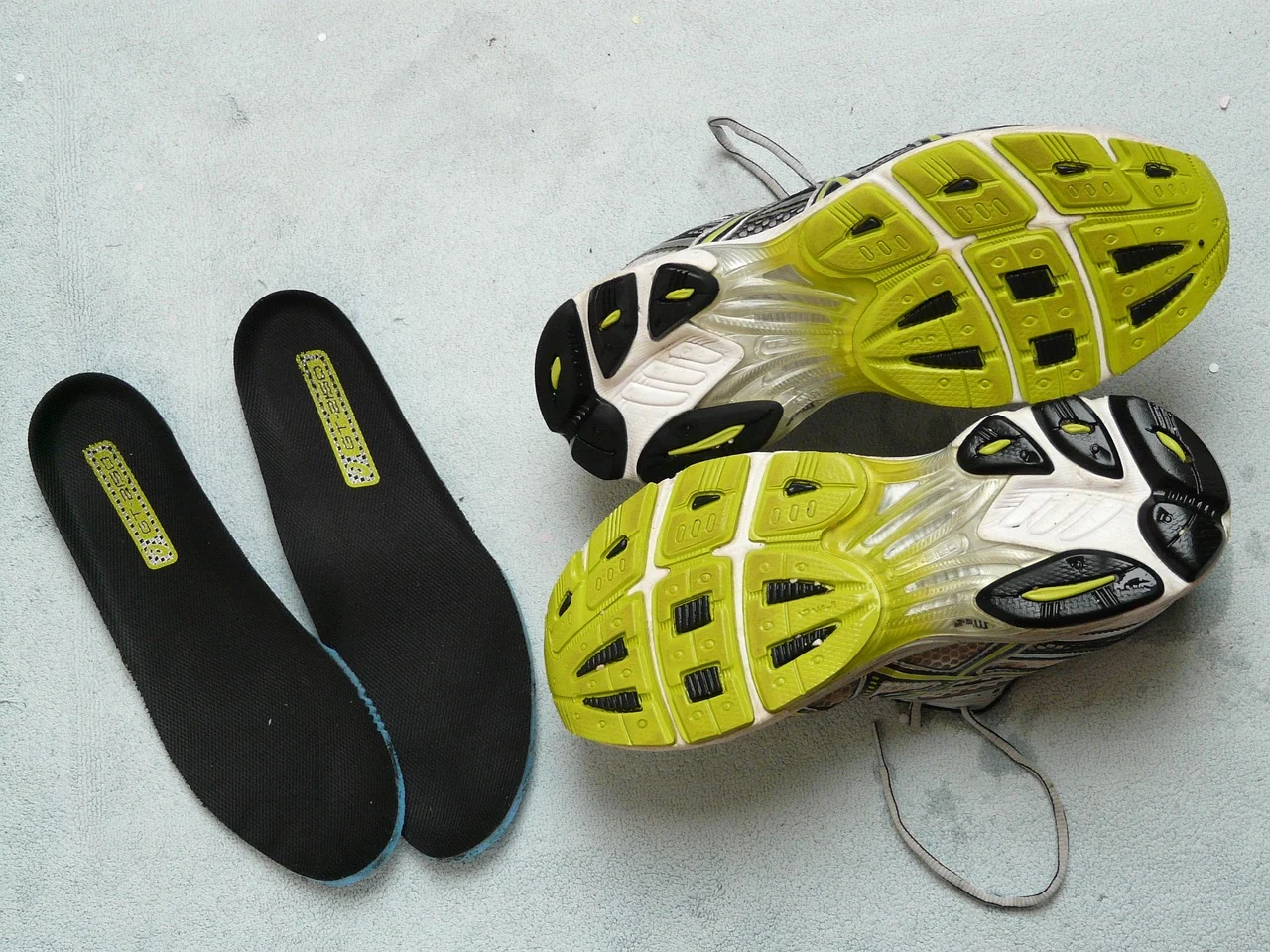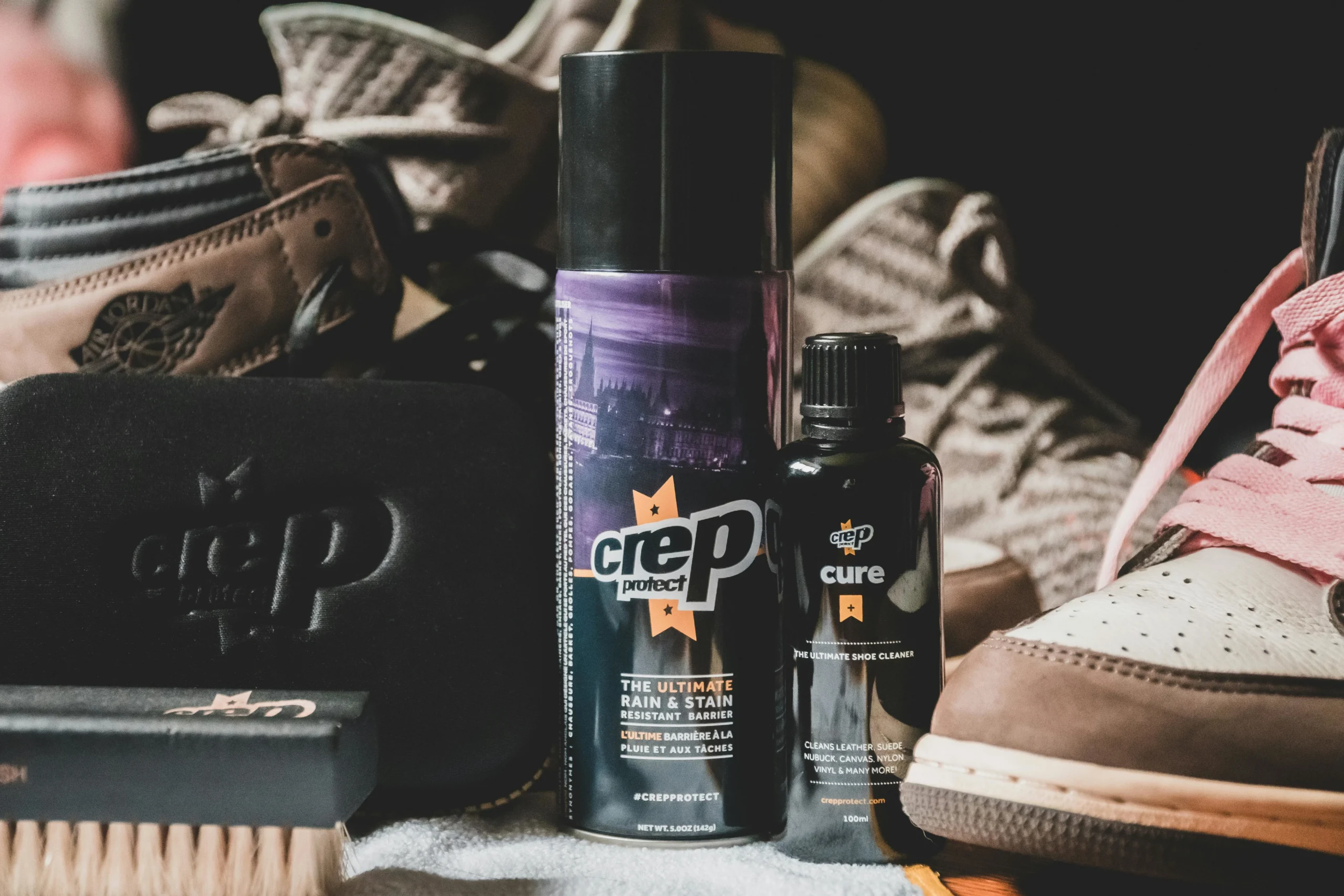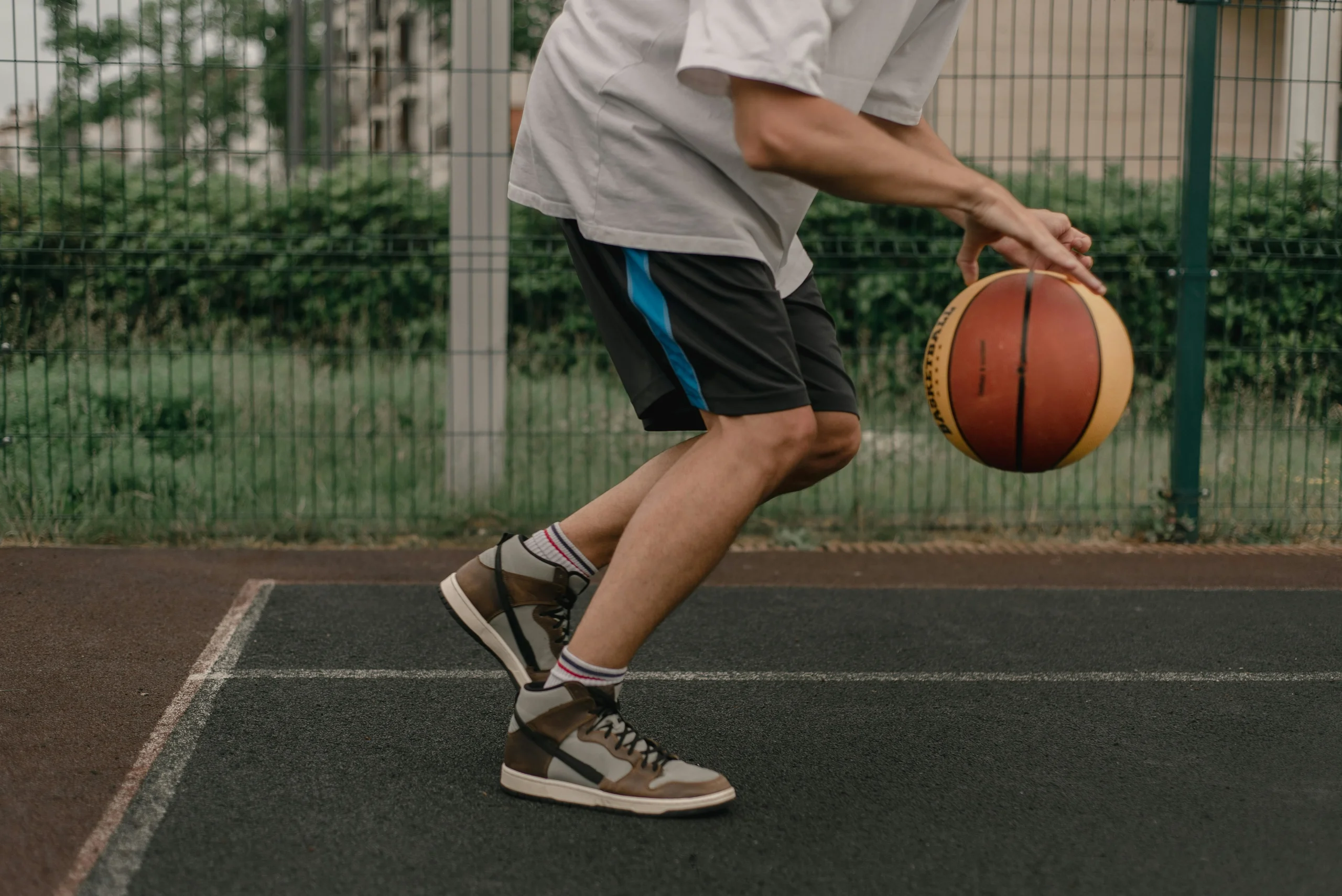When you’re focused on improving your fitness, it’s easy to overlook the role that insoles play in your routine. Most people throw on their sneakers and head out without thinking twice about what’s inside them. But the truth is that the right insoles can completely feel how your body feels during and after workouts.
What you choose should match your foot structure and fitness needs. In this post, we’ll break down the types of insoles and how each can make a meaningful difference in your daily workouts or training sessions.
1. Cushioned Insoles for Shock Absorption
High-impact exercises, such as running, jumping, or plyometric training, put significant stress on your feet and lower body joints. Without proper cushioning, repetitive pounding can lead to discomfort and injury.
Cushioned insoles typically feature foam or gel layers that absorb shock, reducing the force transferred to your knees, hips, and back. This shock absorption can improve endurance by making your feet feel softer and less tired, allowing you to push through longer or more intense workouts. These insoles are especially beneficial for beginners, those returning from injury, or anyone looking to minimize joint stress during dynamic activities.
2. Arch Support for Even Weight Distribution
The shape of your foot arch, whether flat, neutral, or high, plays a critical role in how pressure is distributed across your feet. Without proper arch support, excessive strain can build up in certain areas, causing discomfort and affecting your entire body’s alignment.
Arch support insoles fill the gap beneath the arch to provide balanced support from heel to toe. This encourages proper foot mechanics, improves balance, and reduces the likelihood of pain in the feet, ankles, and even the lower back.
If you’ve noticed soreness in the middle of your foot or unexplained lower back discomfort, an arch support insole may provide significant relief and enhance your workout performance.
3. Performance Insoles Designed for Sport-Specific Movements
When you’re training for sports like basketball, soccer, or CrossFit, your footwear needs to handle fast pivots, explosive jumps, and lateral movements. General comfort won’t cut it. Athletes who rely on quick, precise footwork will find that performance insoles improve agility and reduce the risk of injury during intense sessions.
Performance insoles are engineered with features like reinforced heels, breathable fabrics, and multi-zone pressure relief to cater to the demands of athletic training. These advanced designs help reduce foot fatigue, enhance responsiveness, and provide better energy return with every movement.
4. Heel Support for Targeted Pain Relief
Heel pain is one of the most common complaints among active individuals. Conditions such as plantar fasciitis or heel spurs can quickly disrupt your training schedule. Using heel support insoles can help you maintain a natural gait, reduce pain, and avoid compensatory injuries in the knees and hips, allowing you to stay consistent in your fitness routine.
Heel support insoles cushion the back of your foot, absorbing shock and spreading pressure evenly to reduce irritation. Some models also have firm sidewalls to prevent excessive rolling or twisting during lateral movements.
5. Gel-Based Insoles for Versatile Cross-Training
If your workout routine mixes running, yoga, strength training, and casual walking, you need insoles that adapt well to various activities. Gel-based designs provide a soft, bouncy cushioning that moves fluidly with your foot.
These insoles deliver consistent comfort across multiple types of exercise without feeling bulky or restrictive. They’re great for recovery days, group fitness classes, or any day when you want responsive support that doesn’t interfere with your range of motion.
6. Custom for Personalized Support
For those with unique foot shapes, chronic pain, or long-standing injuries, off-the-shelf options may not be enough. Custom insoles are crafted specifically for your feet using molds or scans to capture every curve and pressure point. Many athletes and fitness enthusiasts rely on custom insoles for maximum support and durability.
These personalized inserts provide precise alignment, correcting biomechanical issues like overpronation or arch collapse. Although custom insoles tend to be more expensive, their long-term benefits in comfort, injury prevention, and performance make them a worthwhile investment.
Start Your Fitness Journey with the Right Insoles
Your fitness success begins at the foundation of your feet. While shoes matter, the insoles inside can make an even bigger difference. Choosing the right pair helps reduce pain, improve alignment, and keep your workouts safe and effective.
From stability and cushioning to performance and custom designs, there’s a type of insole suited to your unique needs and fitness goals. Don’t settle for the default inserts that come with your sneakers; invest a little time and effort in selecting an insole that truly supports your movement.
Before your next workout, ask yourself: Are my feet getting the support they deserve? If not, upgrading your insoles might be the simplest and smartest way to enhance your training and protect your body.






